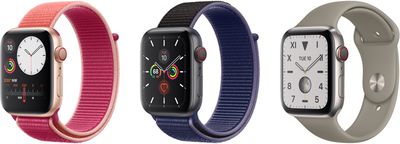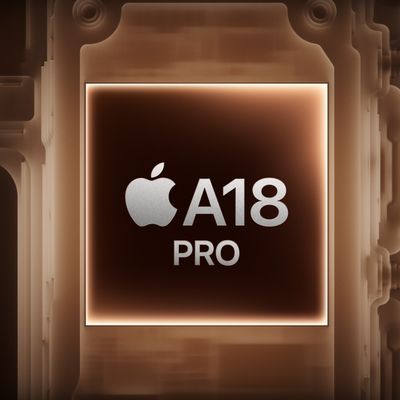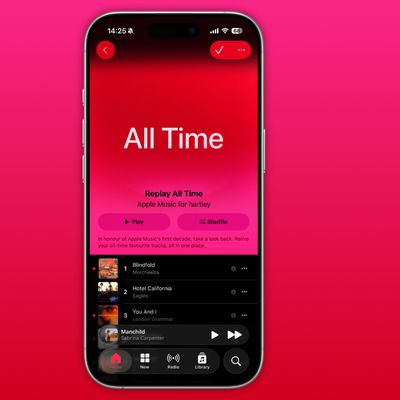This year's Apple Watch Series 6 is expected to feature an OLED screen like previous models, but a future model is likely to be the first Apple product to adopt MicroLED display technology, albeit not for another three to four years.

That's the main takeaway reading between the lines of comments made by the chairman of Epistar, Taiwan's top LED producer, which is reportedly working on a factory to manufacture MicroLED displays specifically for future Apple products.
From a DigiTimes' report filed on Monday:
Smartwatches will be the first major applications for micro LED with volume adoption likely to take place 3-4 years from now, according to Epistar chairman Lee Biing-jye.
Epistar has overcome many micro LED technological difficulties, such as mass transfer, and expects to achieve reliable production capability in 2-3 years, and introduce end-market applications in 3-4 years, Lee noted.
Apple is reportedly investing $330 million in the Taiwanese MicroLED factory to manufacture displays for future iPhones, iPads, MacBooks, and other devices. MicroLEDs sized 20-50 microns are too small for PCB substrates that support minimum sizes of 50-100 microns, and therefore glass substrates are used.
Taiwanese LCD panel maker AU Optronics is understood to be supplying the glass substrates for the displays, while Epistar is said to be now focusing on improving yield rates for micro LED epitaxy and reducing cost for mass transfer.
There are several advantages of MicroLED screens over LCD and OLED displays, including being thinner and more energy efficient. For example, the power consumption of MicroLED screens is only one-tenth that of LCD displays, and the color saturation is close to OLED.

In addition, MicroLED can support a higher brightness, higher dynamic range, and wider color gamut, while also achieving a faster update rate, wider viewing angle, and lower power consumption.
Owing to the difficulties involved in developing MicroLED technology, early designs are expected to rely on mini-LEDs that are somewhere in between traditional LED and MicroLED technology. However, Apple still considers MicroLED technology to be the "top priority," according to a previous report.
Apple has six mini-LED products in the works that are set to debut in 2020 and 2021, according to analyst Ming-Chi Kuo. Apple is said to be debuting the technology in a 12.9-inch iPad Pro for launch later this year, followed by a 27-inch iMac Pro, a 14.1-inch MacBook Pro, a 16-inch MacBook Pro, a 10.2.-inch iPad, and a 7.9-inch iPad mini.
Apple has reportedly been testing prototype Apple Watch models with MicroLED displays since 2017. While early rumors suggested an Apple Watch with a microLED display could launch as early as 2020, one leaker poured cold water on that prediction in May by claiming that this year's Apple Watch Series 6 will use the same OLED display as previous models.
There is precedent for new screen technologies showing up in the Apple Watch first. When it was introduced in 2014, the Apple Watch had an OLED screen. The technology then migrated to the iPhone X three years later.






















